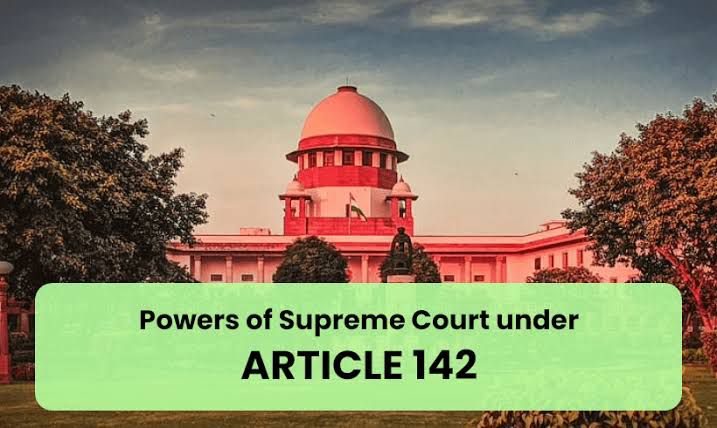Author: Mohini More, PES’s Modern Law College
To the Point
The 2G Spectrum Scam surfaced in 2008, when it was uncovered that telecom licenses had been granted using rates from 2001, despite market changes. The allocation was done without inviting competitive bids or holding a public auction, which caused a major financial blow to the national exchequer. The process followed a so-called “first-come, first-served” policy, but it wasn’t applied evenly. Selected companies were given special treatment, leading to undue private profit while harming public interest. The issue quickly escalated into one of the most serious corruption cases India had ever seen.
Use of Legal Jargon
Criminal Conspiracy – A covert arrangement between multiple individuals to carry out something unlawful.
Maladministration – Mismanagement or dishonest conduct by those holding public office.
Violation of Article 14 – A breach of the constitutional mandate for equal treatment under the law.
Public Interest Litigation (PIL) – A legal tool used when the public’s rights or welfare are compromised by the government.
Discretionary Power – The authority to take decisions within a legal scope, which can be misapplied if unchecked.
Presumptive Loss – An estimated financial loss caused when state-owned assets are not fairly priced or allocated.
The Proof
A 2010 report by the Comptroller and Auditor General (CAG) brought to light that the distribution of 2G spectrum was carried out in a non-transparent and rushed manner. The CAG estimated a notional loss of ₹1.76 lakh crore due to the absence of competitive auctioning.
The Central Bureau of Investigation (CBI) took over the matter and unearthed significant procedural lapses. Several firms with incomplete paperwork were approved, and there was evidence of backdated documents and irregular entries. Internal records from the Department of Telecommunications exposed how specific applicants were advanced out of turn. Then Union Telecom Minister A. Raja was alleged to have manipulated rules to benefit chosen companies.
Abstract
This incident showed how a public asset — radio frequency spectrum — was handed out without due regard for public welfare. The situation exposed the risks of unchecked discretion in policy-making and underlined the lack of accountability in public office. Though the criminal trial did not lead to convictions, the case became a milestone in redefining how the government should manage resources held in trust for the people.
Case Laws
Centre for Public Interest Litigation v. Union of India (2012)
In this landmark case, the Supreme Court invalidated 122 telecom licenses issued in 2008. The Court declared that the policy of “first-come, first-served” was inherently arbitrary and contrary to Article 14, as it failed to offer equal opportunity to all applicants. It held that natural resources must be allocated transparently and in the best interest of the public.
Subramanian Swamy v. Manmohan Singh (2012)
This matter raised the issue of delay in granting permission to prosecute a sitting minister. The apex court ruled that sanction under the Prevention of Corruption Act should not be kept pending indefinitely and must be addressed within a reasonable period to uphold accountability.
CBI v. A. Raja & Others (Trial Court, 2017)
Following a long trial, the special CBI court acquitted all the accused, citing lack of direct evidence. While there were doubts about procedure, the court stated that the prosecution failed to establish criminal intent or a concrete conspiracy beyond reasonable doubt.
Conclusion
Despite the acquittals, the 2G spectrum controversy reshaped public discourse on government integrity. It became a lesson in how loosely worded policies can be exploited and why transparent processes are essential in handling public resources. The Supreme Court’s decision to cancel licenses restored confidence in judicial oversight. More broadly, the case sparked policy changes to ensure that vital assets are allocated through fair, competitive, and accountable mechanisms.
FAQS
Q: What was the 2G scam all about?
A: It involved giving telecom licenses in 2008 without auctioning them, causing a major financial loss to the government.
Q: Why was it termed illegal?
A: Because licenses were issued arbitrarily and some firms were favoured unfairly, violating the principle of equal opportunity.
Q: Who were the key persons named?
A: Then Telecom Minister Andimuthu Raja and multiple corporate officers were charged by the CBI.
Q: What was the Supreme Court’s stance?
A: In 2012, the Court cancelled the licenses, stating that public resources must be distributed equitably.
Q: What was the outcome of the trial?
A: In 2017, a Delhi court acquitted all accused due to lack of convincing evidence of wrongdoing.

